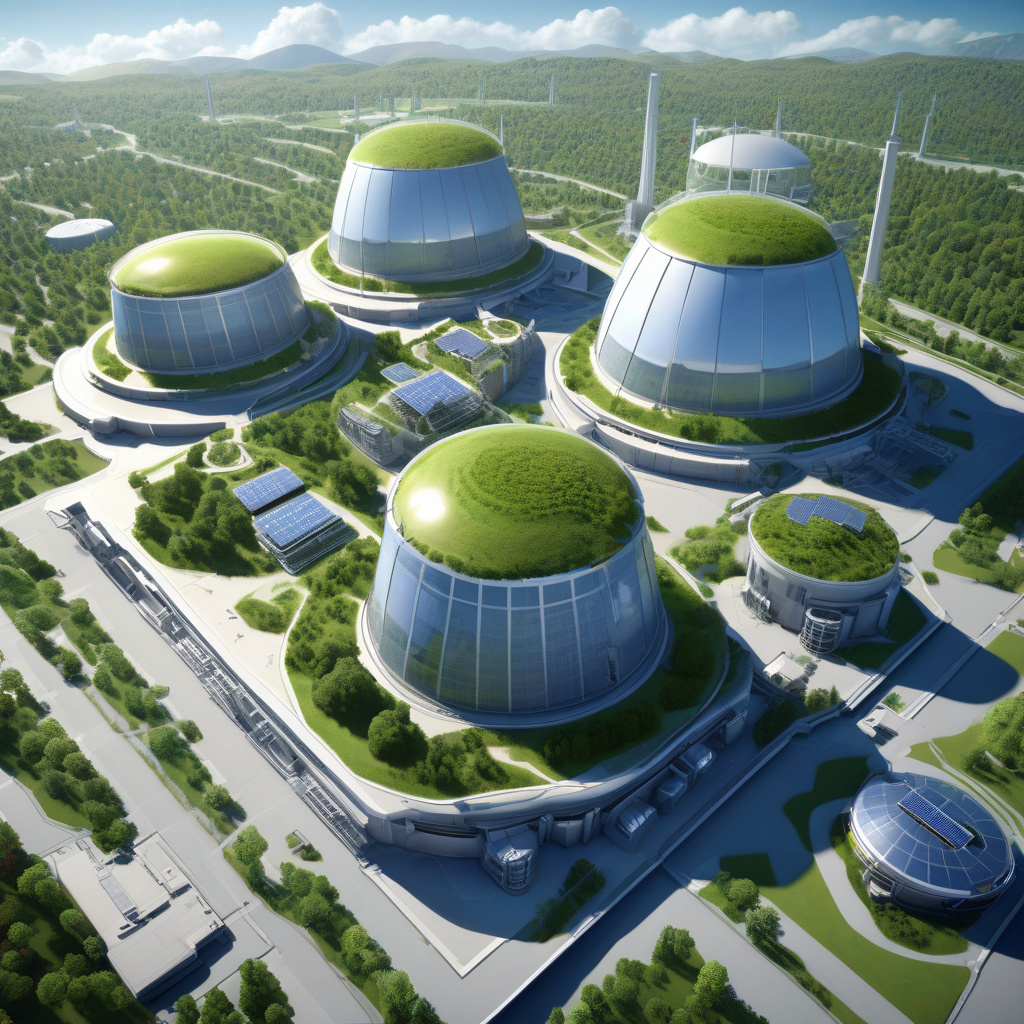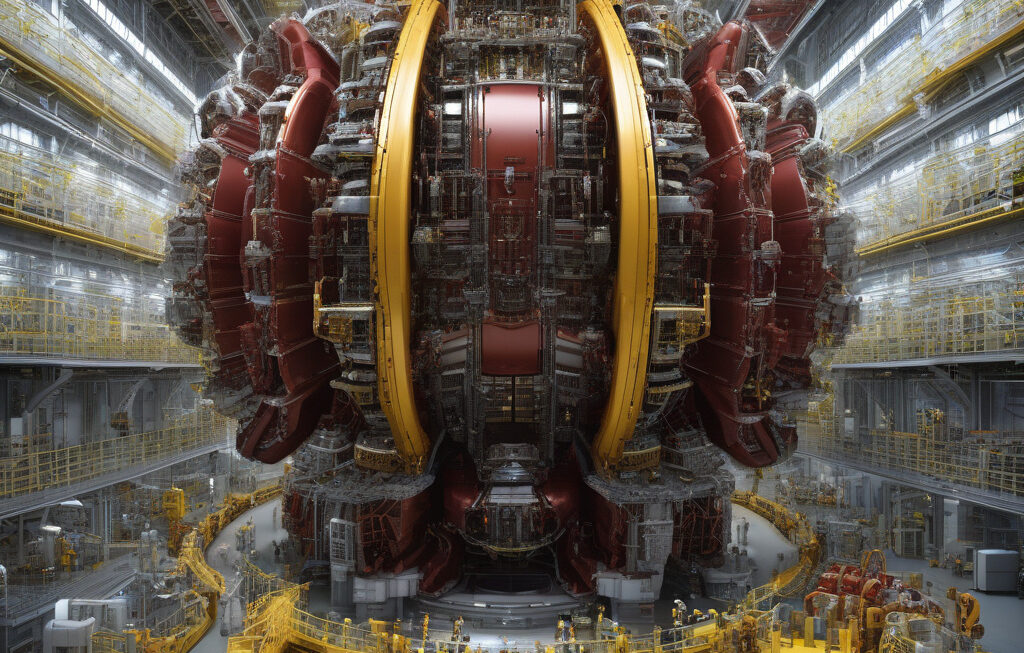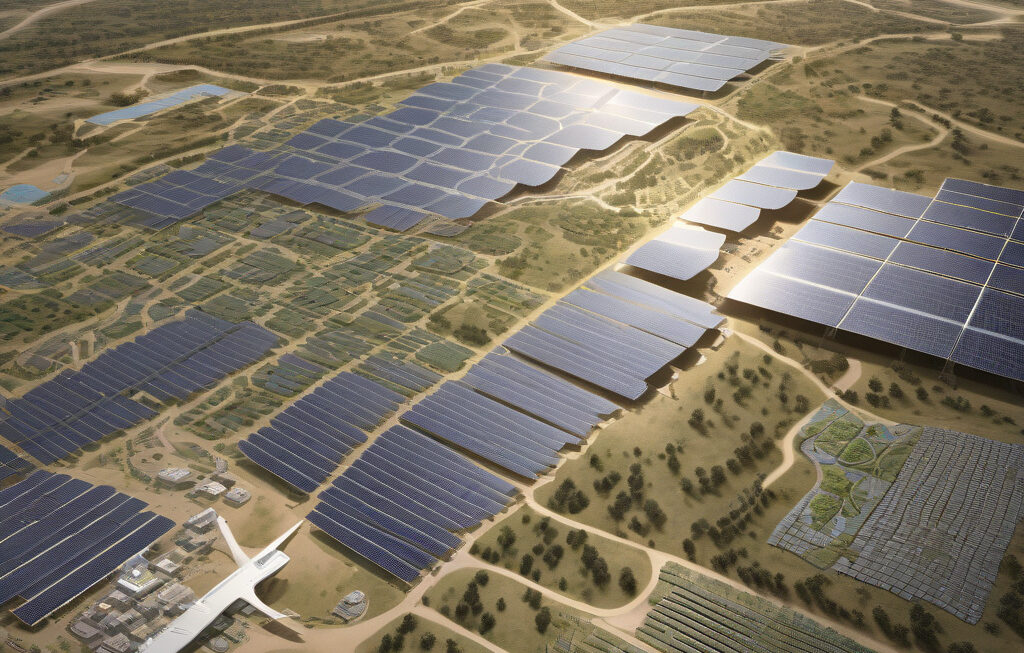China Set to Build World’s First Fusion-Fission Plant to Generate 100MW Nuclear Power by 2030
China is set to build the world’s first fusion-fission hybrid power plant, a revolutionary step that could potentially change the landscape of nuclear energy production. This innovative project aims to generate 100MW of nuclear power by the year 2030, marking a significant milestone in the quest for cleaner and more sustainable energy sources.
The concept of fusion-fission hybrid power plants combines the best of both nuclear fusion and fission technologies. Fusion, the same process that powers the sun and stars, releases energy by fusing atomic nuclei together at extremely high temperatures. Fission, on the other hand, involves splitting atomic nuclei to release energy. By harnessing the power of both processes, fusion-fission plants have the potential to generate large amounts of clean energy with minimal environmental impact.
One of the key advantages of fusion-fission hybrid plants is their ability to produce more energy than they consume. In traditional nuclear fission plants, the energy output is lower than the energy input required to sustain the reaction. However, fusion-fission plants have the potential to achieve energy gain, making them a more efficient and sustainable option for meeting the world’s growing energy needs.
The development of fusion-fission technology represents a significant leap forward in the field of nuclear energy. While fusion has long been touted as the “holy grail” of clean energy production due to its abundance of fuel and minimal waste products, practical implementation has proven to be a major challenge. By combining fusion with fission, researchers hope to overcome some of the technical hurdles that have hindered the progress of fusion energy in the past.
China’s ambitious goal of constructing a 100MW fusion-fission plant by 2030 demonstrates the country’s commitment to advancing clean energy technologies. The project is part of China’s broader efforts to reduce its reliance on fossil fuels and curb greenhouse gas emissions in line with its climate goals. If successful, the plant could serve as a model for future fusion-fission projects around the world.
In addition to its environmental benefits, fusion-fission technology also has the potential to enhance energy security and foster economic growth. By diversifying the energy mix and reducing dependence on imported fuels, countries can bolster their energy independence and create new opportunities for innovation and job creation in the clean energy sector.
While the road to commercializing fusion-fission technology is still fraught with challenges, the progress made by China in this field is a promising sign of what the future may hold. As researchers and engineers continue to refine the design and operation of fusion-fission plants, we may soon see a new era of clean, reliable, and sustainable nuclear energy production.
In conclusion, the world’s first fusion-fission hybrid power plant being developed by China represents a major milestone in the quest for advanced nuclear energy solutions. By harnessing the power of fusion and fission technologies, this groundbreaking project has the potential to transform the way we generate electricity and pave the way for a more sustainable energy future.
China, Fusion-Fission Plant, Nuclear Power, Clean Energy, Sustainable Development.












